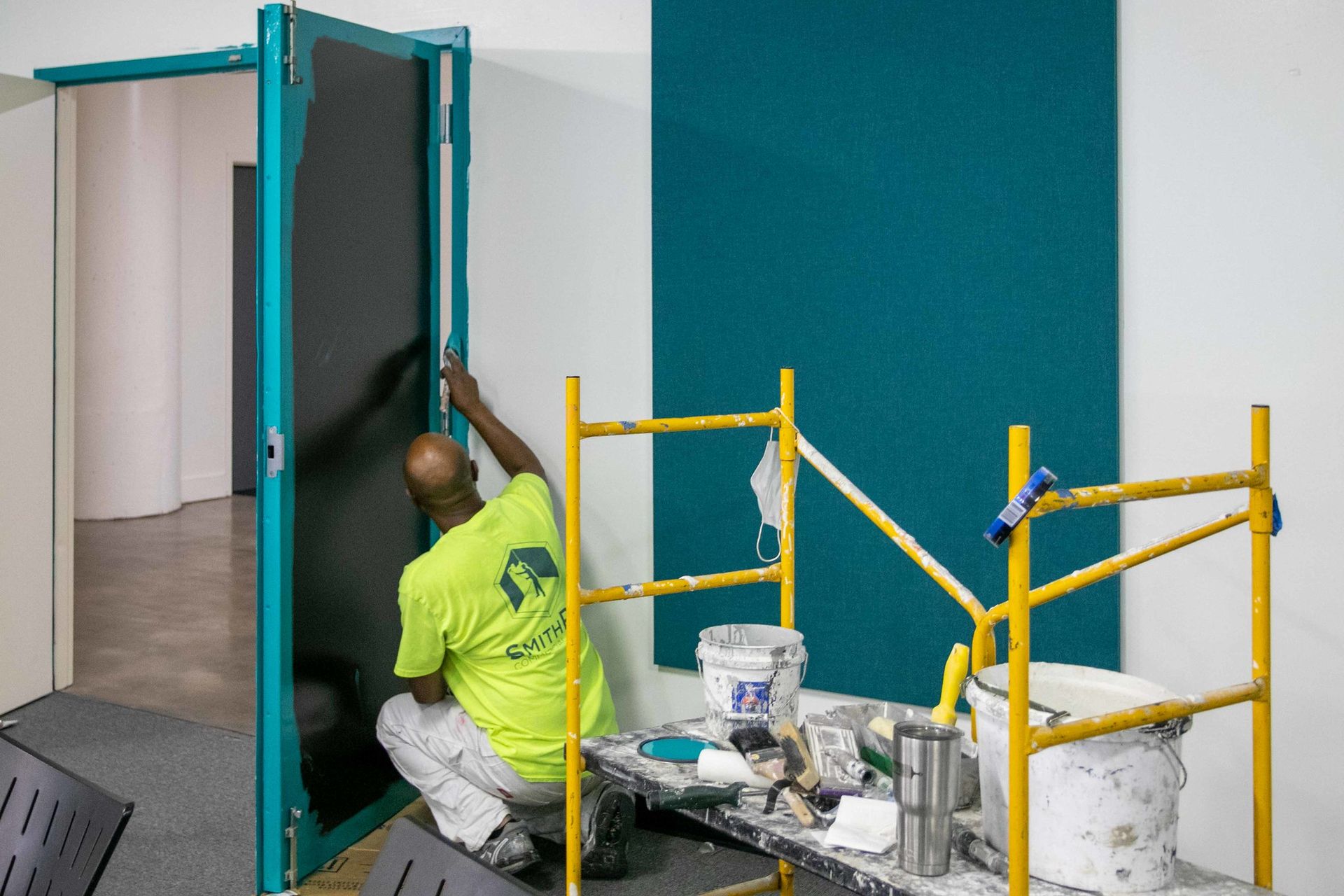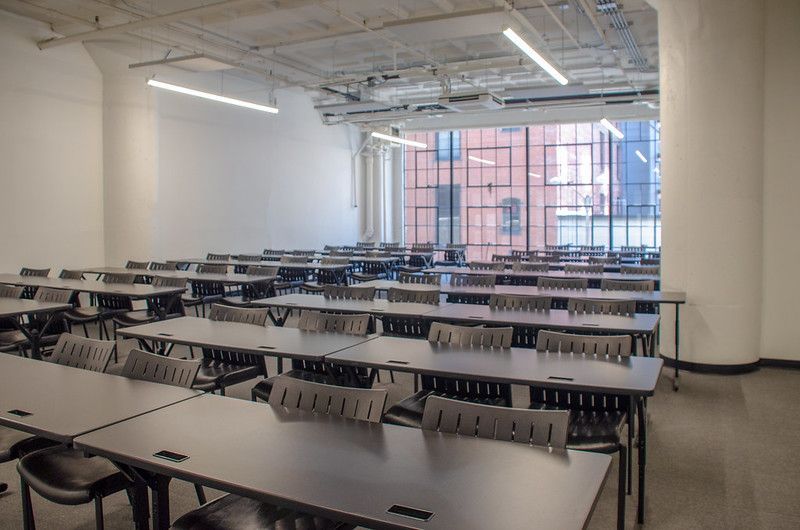With the back-to-school season upon us, classrooms will soon fill with young minds ready to learn. While educators and parents focus on curriculum and academic performance, they often overlook another area of the school; the learning environment. The physical spaces where children learn are critical to students’ overall experience and potential. The walls of the classroom can make or break the learning environment. Let’s look at some factors to keep in mind when painting educational spaces.
The Power of Calming Colors
The colors surrounding us profoundly affect our mood and overall well-being, which also holds for educational settings. Calming colors can create a sense of tranquility and relaxation, fostering an environment conducive to learning and focus. Soft blues, gentle greens, and muted neutrals are excellent choices for classrooms and study areas. These colors can help reduce stress and anxiety, allowing students to concentrate on their studies more quickly.
Real-life examples of educational spaces painted in calming colors have shown positive results. Schools that adopted soothing color schemes reported improved student behavior, increased attention spans, and a more harmonious atmosphere among students and teachers.

Boosting Productivity with Color
Productivity and cognitive function are crucial aspects of a thriving learning environment. Researchers have linked specific colors to increased productivity and enhanced focus. Shades of green, for example, are associated with creativity and fresh thinking, making them suitable for art rooms and creative spaces.
On the other hand, warmer tones like oranges and yellows can promote energy and enthusiasm, making them ideal for physical activity areas.
By strategically incorporating productive colors into different areas of the educational facility, schools can encourage specific activities and enhance the overall learning experience.
Navigating Mixed-Use Rooms
Mixed-use rooms, such as multipurpose halls or common areas, present unique challenges when it comes to painting. These spaces often serve various functions, from assemblies and presentations to recreational activities and gatherings. Choosing versatile colors is vital when catering to the diverse needs of mixed-use rooms.
Opt for neutral base colors that complement the overall color scheme of the school. Then, add pops of color through accents and decorations to designate specific zones within the room. This approach maintains visual cohesion while ensuring the space remains functional and visually appealing.
Incorporating Academic Elements and School Spirit
Creating an environment that fosters school spirit and a sense of pride is essential for building a strong school community. Incorporating academic elements, such as educational murals or inspirational quotes, can profoundly impact student motivation and engagement.
For instance, displaying famous quotes from historical figures or prominent scholars can inspire students to strive for greatness. Additionally, incorporating the school’s colors and logos into the design reinforces the school’s identity and adds enthusiasm to the overall ambiance.
Enhancing Engagement Through Design
Thoughtful design can significantly influence student engagement and participation in the learning process. Visual stimuli, such as colorful educational displays and interactive artwork, can spark curiosity and encourage students to explore their surroundings actively.
Moreover, flexible design spaces allow educators to adapt the environment to various teaching methods and activities. Consider incorporating movable furniture and writable surfaces to promote student collaboration and creativity.

Work With SmithPro Commercial Painting
Designing educational spaces goes far beyond just choosing paint colors. It involves understanding the psychology of colors, considering the diverse needs of students and faculty, and incorporating elements that promote school spirit and engagement. At SmithPro Commercial Painting, we understand the importance of creating optimal educational environments, and our expert team is dedicated to helping schools in Greater St. Louis, MO, achieve their vision.
Whether you’re looking to create calming classrooms, boost productivity in common areas, or infuse school spirit into your walls, our professional painting services can bring your ideas to life. Contact us today to transform your educational spaces into inspiring, engaging environments promoting learning and growth. Let’s make education an extraordinary journey for students and educators alike.











